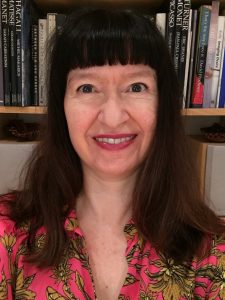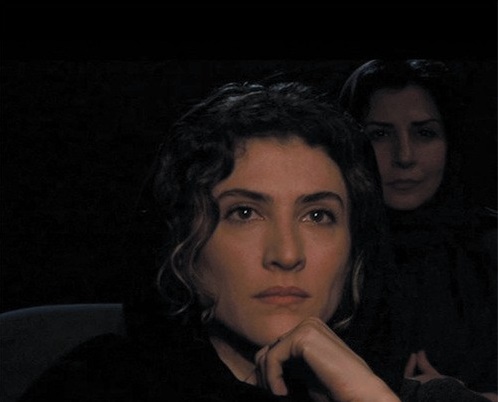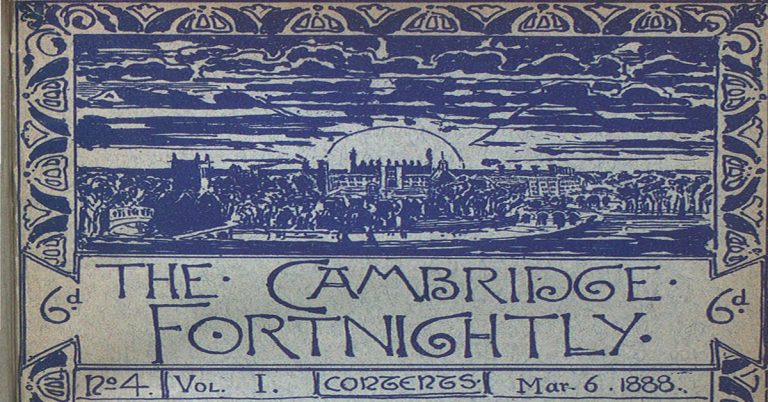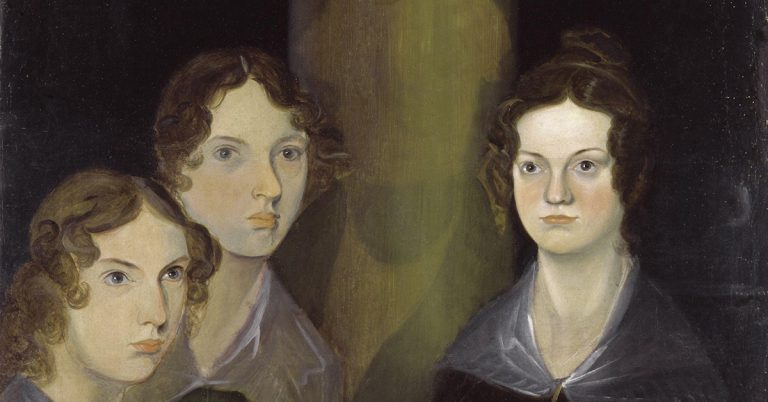
By Sarah Cooper
I revisited my local Odeon cinema in London recently, just prior to receiving the advance copies of my book, Film and the Imagined Image. As I sat back to enjoy the Sunday afternoon screening, I was reminded of the explicit appeal to the imagination that had so intrigued me when I first started to think seriously about the importance of imagining when viewing film. The same generic instruction to ‘free your imagination’ that had appeared years earlier came up on screen before the advertisements and trailers for the main programme. And, as if to prepare spectators more fully for that liberating journey, this was supplemented now by little posters elsewhere in the building – the toilets, to be precise – saying ‘let your imagination run wild’. It seems that the Odeon chain still believes in the power of imagination at the movies. I do too. While there are myriad possible interpretations of what this might mean and how this might manifest itself, my book fleshes out my own take on this captivating aspect of the film experience.

Around the same time that my initial thoughts for the book were beginning to take shape, I read Elaine Scarry’s spellbinding Dreaming by the Book. Scarry explores how authors of literary texts stimulate the image-making capacity of the imagination – in other words, how writers prompt readers to visualise what they are reading about, getting them to bring it to life by forming and moving images in their minds. Scarry’s was by far the best and most dazzling explanation I had ever read of the ways in which such mental processes are activated when reading literature: it certainly helped me to make sense of what goes on in my mind when I read novels and poetry in a way that I had never been able to do before. I had always been fascinated by the vivid play of visualisation when reading and, having experienced vivid imagining when viewing films too, Scarry gave me an invaluable starting point for thinking about the articulation of mental image formation in the different arena of film spectatorship. It is of course the case that many films, particularly mainstream cinematic fare, leave no place sometimes for such imaginative activity because they absorb the senses to the point that they are overwhelmed. Yet other films – those that withhold visual images, have a strong voice-over or evocative soundtrack, and that disjoin their visual and verbal aspects – create ample space for the imagination to be guided in the manner that Scarry spoke about first with reference to literature. Guided imagining is not as ‘free’ or ‘wild’ as those Odeon statements suggest, but it attains vibrancy akin to the perceived world, and this is what I seek to account for in my own study with reference to the specificity of film.
The fact that I draw my examples from global art house cinema, documentary and essay films, along with blank screen works, does not however refute a relation between imagining and mainstream cinema. Indeed, my book broadens out as it progresses to suggest the applicability of the processes it explores to films beyond the case studies discussed. The film experience is not only perceptually rich in my account, accompanied by thoughts and feelings, as well as attention to aspects of form, but also imaginatively rich. By focusing on the image-making capacity of the imagination when viewing film, whether in the auditorium space or at home, I add to the ways in which film scholars have thought about imagination to date, and I invite my readers to do likewise.
Film and the Imagined Image by Sarah Cooper is available now in hardback and ebook. Find out more on the Edinburgh University Press website

Sarah Cooper is Professor of Film Studies at King’s College London. Her books include Film and the Imagined Image (Edinburgh University Press, 2019), The Soul of Film Theory (Palgrave Macmillan, 2013), Chris Marker (Manchester University Press, 2008), and Selfless Cinema? Ethics and French Documentary (Legenda, 2006).





